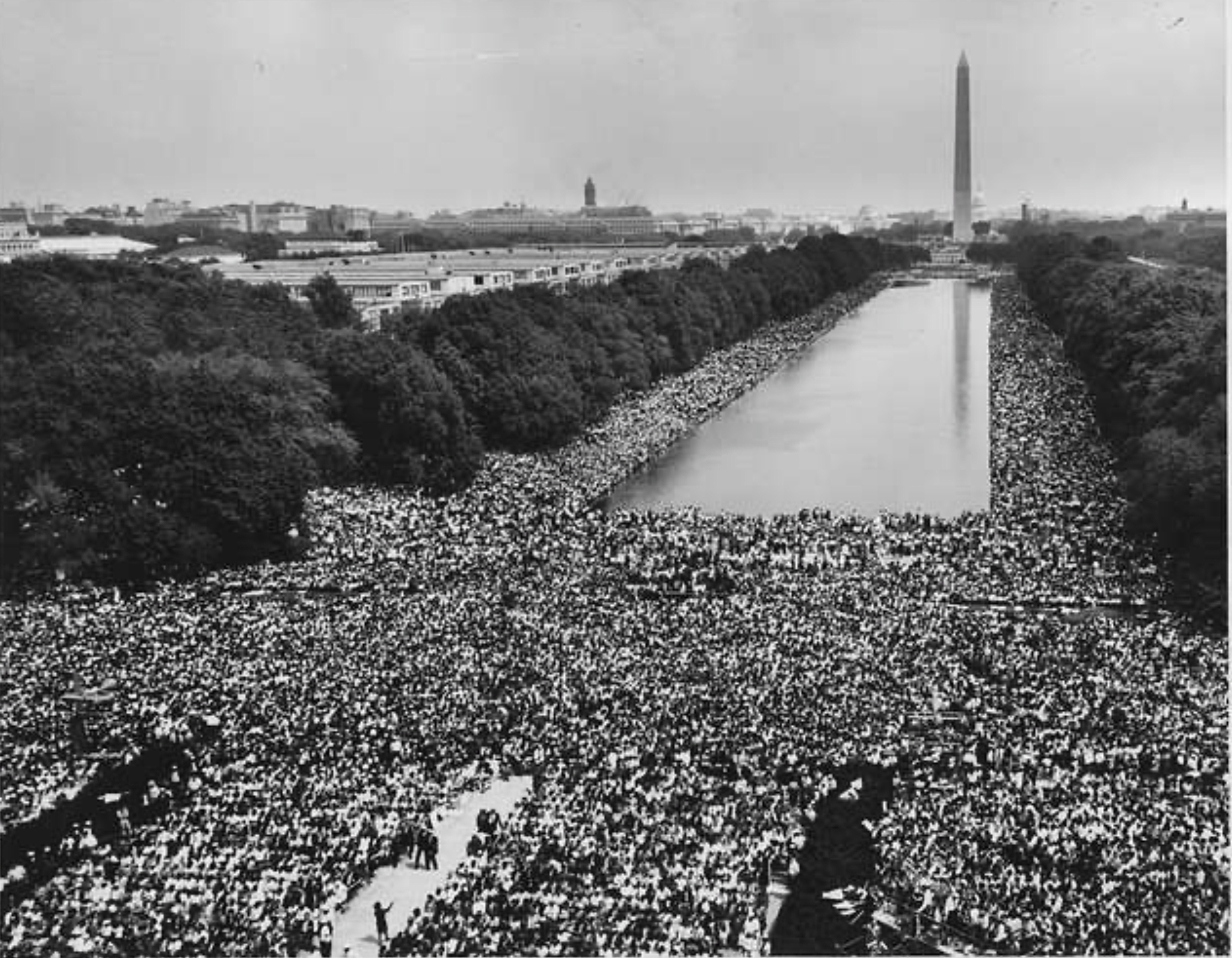
Should Schools Provide Free Pads and Tampons? (H.R. 6953)
Do you support or oppose this bill?
What is H.R. 6953?
(Updated April 23, 2021)
This bill — the Giving Increased Resources to Learning Students (GIRLS) Act — would allow states to use Student Support and Academic Enrichment grants to supply menstrual hygiene products to students.
Argument in favor
Lack of menstrual hygiene products causes girls to miss school, affecting their learning and future opportunities. Experiments with providing free pads and tampons have had positive effects on attendance, so states should get grants to make menstrual products available at school.
Argument opposed
Even if it’s inexpensive for schools to provide these products, it’s still an additional cost for stretched education budgets. There are other ways to provide free menstrual products to schools, including major corporations donating these products to low-income school districts.
Impact
School-age girls; schools; Student Support grants; Academic Enrichment grants; and the Elementary and Secondary Education Act of 1965.
Cost of H.R. 6953
A CBO cost estimate is unavailable.
Additional Info
In-Depth: Rep. Grace Meng (D-NY) introduced this bill to reduce the burden that periods may represent for girls’ school attendance and ensure that girls don’t miss school due to their periods:
“Menstrual products are not luxury items… We’ve heard stories of young girls using rags, where girls are not able to go to school on days that they get their period. If you’re missing an average of five days of school each month, this affects more than just menstruation time.”
Rep. Meng adds that, far from what many believe, period inequality is a real issue in the U.S., as well. She points out, “It isn’t just girls in underdeveloped countries who have to skip school for a week out of every month because they couldn’t afford these kinds of products. These stories are in our country, a developed country, where there shouldn’t be these kinds of things taking place.”
Sonia Ossorio, president of the National Organization for Women’s New York, calls it “absolutely empowering” for girls to have access to free menstrual products at school:
“This is a social justice issue for girls—here in the U.S. and around the world. No girl should miss school because they are unable to afford essential feminine hygiene products. By providing unrestricted access to free supplies, we are making sure that every girl, regardless of her family’s income, is able to stay in class, and we’re de-stigmatizing periods in the process. Menstruating is a fact of life—not something that should create educational barriers or shame.”
Nancy Kramer, founder of Free the Tampons, a campaign to make menstrual products accessible in all restrooms, argues that “tampons and pads should be treated just like toilet paper — they’re the equivalent. Menstruation is a normal bodily function, and it should be treated like that.” Kramer adds that the cost of stocking restrooms at schools of businesses with menstrual supplies works out to only $4.67 per girl or woman per year — about half of the cost of a single package of tampons, which averages $7-10, plus tax, per month.
Critics of the free menstrual product movement generally argue that these products are cheap. Some also point out that in the school context, most nurses’ offices already stock pads, which are available to students upon request.
However, advocates argue that the price of menstrual products is immaterial when considering families living in poverty, who may be facing a choice between spending their last $10 on pads or food. They also argue that having nurses hand out menstrual supplies out forces students to “jump through hoops” for these products, which can be “traumatizing, especially for the 21% of school-age children living in poverty.”
There is also a gender gap in support for this type of legislation. A YouGov survey of 2,278 adults in October 2017 found that while 76% of women support making menstrual products free in school restrooms, only 53% of men felt the same way.
Finally, some supporters of free menstrual products in schools don’t agree that the government should pick up the bill for supplying these products. Heidi Stevens, a reporter at the Chicago Tribune, argued in November 2016 that Procter & Gamble — Tampax’s parent company — should provide free feminine care products to all school districts where a significant number of students come from low-income households. Stevens argues that such an initiative would be a natural extension of P&G’s #LikeAGirl campaign, and would also benefit its bottom line:
“This is right up P&G's alley. And it wouldn't be a purely altruistic move — the company would be creating brand-loyal future customers, after all. More important, though, it would be paying more than lip service to girls' empowerment. It would be making a tangible, lasting impact on thousands and thousands of students' ability to learn, play and compete. Like a girl.”
This bill has the support of 59 cosponsors, all of whom are Democrats.
Of Note: The average cis woman has her period for 2,535 days of her life from 13 to 51 years of age. On average, a cis woman will spend $17,259 on her period throughout her life.
The Legislation Clinic at the University of the District of Columbia David A. Clarke School of Law (UCD Law) authored a report on behalf of BRAWS: Bringing Resources to Aid Women’s Shelters (BRAWS), a nonprofit that brings dignity to women and girls by providing undergarments and menstrual supplies to low-income and homeless communities, in which it found that lack of menstrual supplies is a barrier to girls’ school attendance in multiple ways:
“Because menstrual products are typically not stocked in schools, nor are they required to be, girls who are otherwise unable to secure them may stay home from school… In the United States, there has been little documentation to show the economic and opportunity costs of menstruation until recent years. Similar to their peers around the world, when girls in the U.S. lack access to sufficient menstrual protection, they also may miss school during their cycle. Certain communities, including young Native American women living on reservations, are disproportionately impacted due to the limited supply and exorbitant costs of tampons and pads sold in local stores. On the Pine Ridge Indian Reservation in South Dakota, for instance, some girls report having to miss up to a week of school during their periods. In addition, there are consequences beyond missed educational opportunities when girls miss school. For example, in California, students who miss more than thirty minutes of instruction, unexcused, at least three times in a school year are defined as ‘truant.’ Some penalties to truancy include: weekend classes, charges in juvenile court, and fines or infractions against the parents. Poverty remains a prevailing reason for girls’ inability to access the menstrual products they need. According to a recent report from the Girl Scout Research Institute, there were twenty-six million girls between the ages of five and seventeen living in the United States in 2015. A shocking 41% of those girls live in low-income families, and 19% live in poverty. Schoolgirls from low-income families often strain to manage their monthly periods due to the costliness of disposable menstrual products. Considering that tampons and pads may cost $7 to $10 a box, this could be an impractical expense for struggling households.”
In Rep. Meng’s home district, New York schools provide free menstrual products in restrooms for girls, recognizing that at $7-10 per package, a month’s supply of pads or tampons can be a large expense for struggling families. Similarly, California and Illinois have laws in effect requiring public schools to provide menstrual products to students.
In New York City, providing free menstrual products in middle and high schools seems to have had positive effects on attendance. Although full implementation data isn’t yet available, attendance at the city’s inaugural pilot site for its free menstrual product program rose from 90% to 92.4% in the first six months.
Media:
Summary by Lorelei Yang
(Photo Credit: iStockphoto.com / Chatiyanon)The Latest
-
 Changes are almost here!It's almost time for Causes bold new look—and a bigger mission. We’ve reimagined the experience to better connect people with read more...
Changes are almost here!It's almost time for Causes bold new look—and a bigger mission. We’ve reimagined the experience to better connect people with read more... -
 The Long Arc: Taking Action in Times of Change“Change does not roll in on the wheels of inevitability, but comes through continuous struggle.” Martin Luther King Jr. Today in read more... Advocacy
The Long Arc: Taking Action in Times of Change“Change does not roll in on the wheels of inevitability, but comes through continuous struggle.” Martin Luther King Jr. Today in read more... Advocacy -
 Thousands Displaced as Climate Change Fuels Wildfire Catastrophe in Los AngelesIt's been a week of unprecedented destruction in Los Angeles. So far the Palisades, Eaton and other fires have burned 35,000 read more... Environment
Thousands Displaced as Climate Change Fuels Wildfire Catastrophe in Los AngelesIt's been a week of unprecedented destruction in Los Angeles. So far the Palisades, Eaton and other fires have burned 35,000 read more... Environment -
 Puberty, Privacy, and PolicyOn December 11, the Montana Supreme Court temporarily blocked SB99 , a law that sought to ban gender-affirming care for read more... Families
Puberty, Privacy, and PolicyOn December 11, the Montana Supreme Court temporarily blocked SB99 , a law that sought to ban gender-affirming care for read more... Families
 Climate & Consumption
Climate & Consumption
 Health & Hunger
Health & Hunger
 Politics & Policy
Politics & Policy
 Safety & Security
Safety & Security
